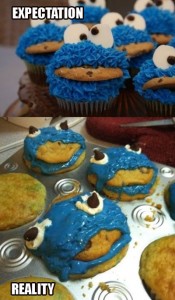Do you have friends who give really great hug? I hope we all do – at least one, for cryin’ out loud. One of the best way to up the ratio of meh-huggers to great huggers is to *become* a great hugger. Easy, right?
Unfortunately, the practice of hugging has a terrific load of baggage in our culture – Shane Snow wrote about the dilemma of male/female hugs in a professional setting, and The Wire even has a roundup of different types of huggers (woe to be the “Hug-fectionist” type of hugger – that’s just bad, and you’re a needy person! Or, be careful of those “hug activists” out there – just in it for the oxytocin!)
High schools have even been taking notice of this disturbing trend amongst their students – that of expressing human affection and friendship through touch – and are clamping down on that “very dangerous territory” ASAP, says an article in the New York Times: “Comforting as the hug may be, principals across the country have clamped down.” That’s real, and seemingly the newest example of old time-honored restrictions on physical contact by kids, just like using rulers to judge how far apart they dance. See what I mean? There is so much stigma on what constitutes a good and appropriate amount of physical contact between humans.
I’m calling bullshit, and I don’t even need to invoke bonobos (thanks, Christopher Ryan!). Hugs are awesome and the sooner you get that thought in your head, the better you’re going to feel – and the better hugger you will become. The Daily Love agrees with this idea and has created a wonderful tutorial on hugs – read it as a complement to mine.
Writing a “how to give good hug” crossed my mind about a month ago, for fun and incremental betterment of the world. And then, Buzzfeed came along with their cutesy video demonstration just two days ago. Take a peek:
Their video is cheeky and entertaining, and I can launch off from their overly snarky how-to into something a bit more substantive. Learning how to hug is easier than a properly contextual handshake – boy, that is rife with problems, especially when many of the handshake tutorials out there are how to NOT screw it up.
Hugging is easy
I say that as an introverted and somewhat socially-awkward person. When I was a kid and young adult, I never saw the value in hugging, nor did I give or receive many hugs. They seemed to be special occasion only kinds of things. Not that there’s anything wrong with special occasion hugs, mind you:

Yay! We won! Awesome hug of Canadian joy!!!
Three hugging tips
Here is my super easy peasy way to hug like you were born doing it. Go forth and make happiness.
1. Evolve your hug to the receiver. This tip takes a little practice, but the benefits are huge. Essentially, you adjust all variables of your hug moment by moment DURING the hug. Some of the best hugs in my memory are those with people I like and respect, who give me a slightly warmer hug than I was anticipating (see the next tip), and I reciprocate with an even warmer embrace and we both peel away with shiny unicorns singing and farting rainbows. It’s glorious.
2. Be 1% more affectionate than you think you can get away with. This is a way to reassure the other person that you value them, you value human touch, and that you won’t go overboard into inappropriate territory (see #1).
3. HOW TO ACTUALLY DO IT. Use both arms, gently wrap them up, pull in, close your eyes, smile, and squeeze following tips 1 and 2. Go with the flow and giggle if you smack arms or something. That’s it!

Perfect hug: both arms, smile, eyes closed, joy!
Finding practice opportunities (with little social repercussions in your own peer group)
This is super simple but obviously a little weird if you are an introvert. Even I need practice sometimes, as evidenced by this photo-op awkward hug with a dear friend in Austin:
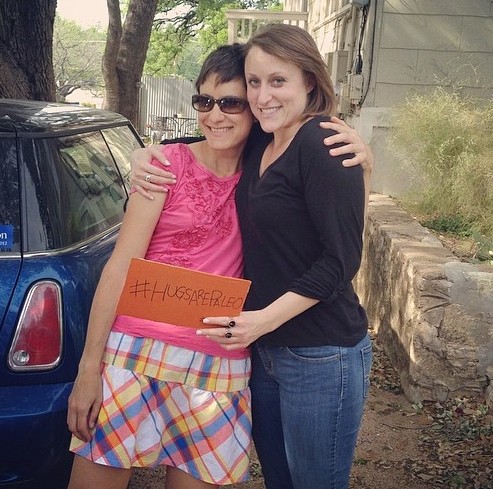
Side-hug. Not very warm or intimate!
That’s OK – Juan Mann has been there before you. He’s the guy who created the “free hugs” campaign in 2006. He was a recent convert to the world of hugging, after spending many years as one of those ‘dead fish’ kind of huggers. His free pdf ebook about hugging is seriously awesome and you should download it right now.

Practice on strangers!
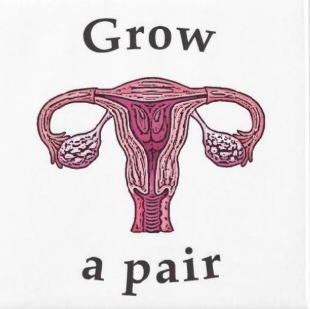
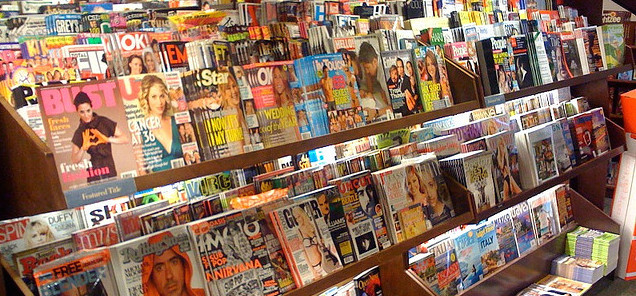


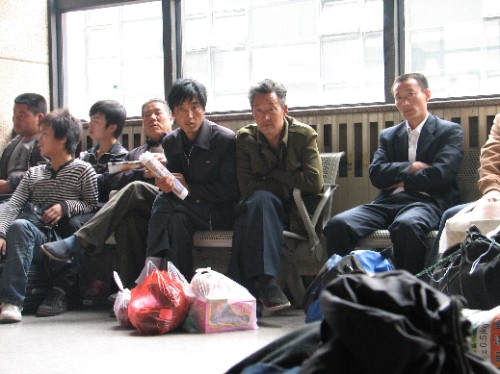
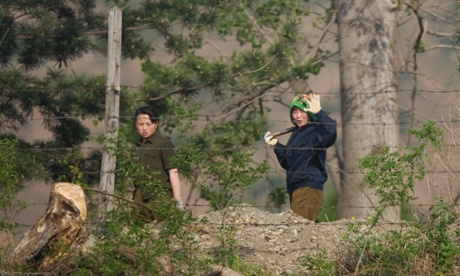




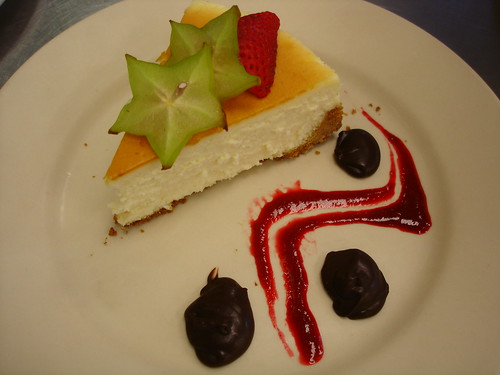
.jpg)
